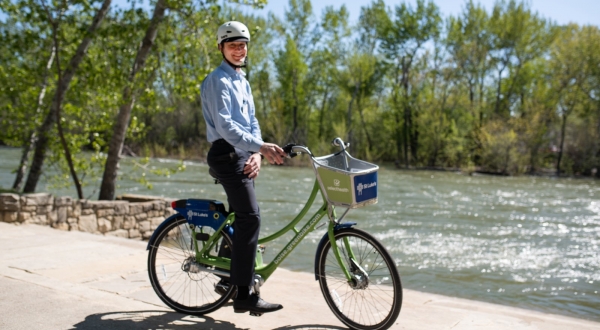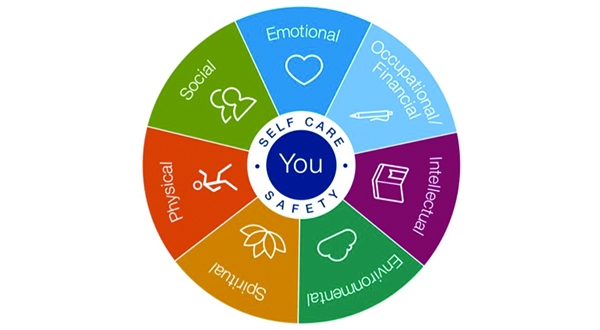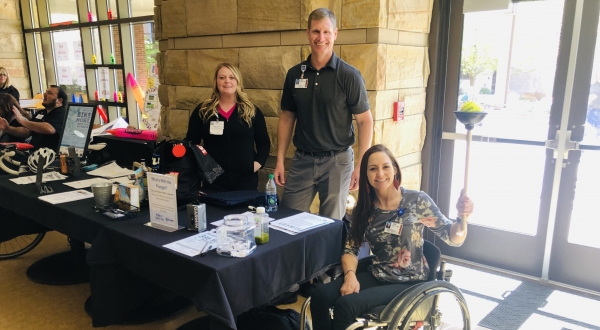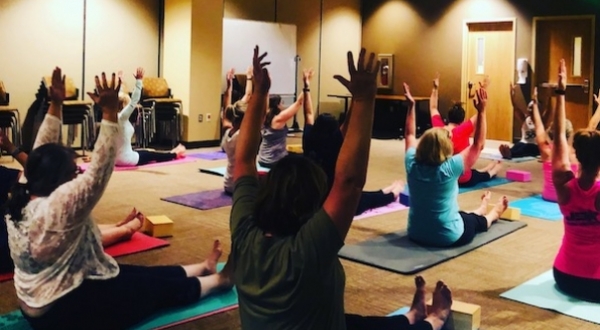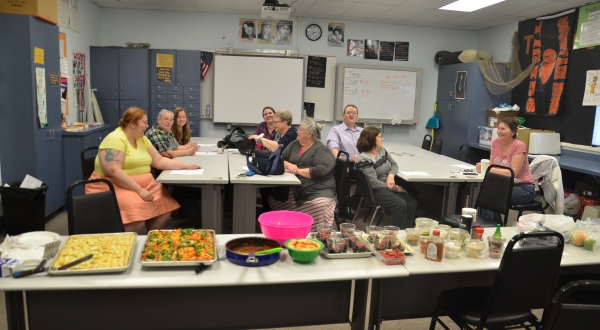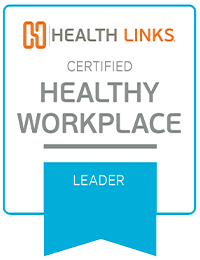
Health Links [HL]: What does being a healthy workplace mean to your organization?
St. Luke’s Health System [SL]: A healthy workplace is a resilient organization. Resiliency requires preparedness; to us, that looks like continually supporting individual’s efforts to be strong and fit, reacting quickly when there are new or unexpected stressors, and creating a supportive environment for those more chronic stressors. This philosophy applies to safety and well-being.
Ours is definitely a team approach. Teams we work closely with include, but are not limited to, leadership, benefits, food and nutrition, facilities, education, supply chain, quality/patient safety, and clinical teams. Safety and well-being program information, evaluations, and procedures, provided in partnership with these teams, are operationalized as rapidly as possible for the benefit of our workforce.
[HL]: How does your organization create a culture of health, safety, and well-being for employees?
[SL]: We have adopted a comprehensive strategy to Total Worker Health® as shown here in the St. Luke’s well-being wheel. You can see that self-care and safety are the center of the wheel. We create programs, policies, and practices that support our employees’ well-being in each of these domains. We are fortunate to have numerous subject matter experts to tap into to maximize these efforts. For example, a financial planning series and a safe patient handling program were developed through collaboration with several different departments within our system.
Creating a culture of health, safety, and well-being is ongoing work. We are continually assessing and reassessing our efforts to ensure that the program is current and relevant to the needs of our organization and employees.
[HL]: What changes have you seen among your employees, their families, or the surrounding community as a result of your program(s)?
[SL]: It is important to us to model healthy behaviors for other employers and community partners. We work closely with them to share resources. Our employees and their families are just a slice of the larger community. Supporting our employees’ health and safety has a ripple effect that benefits everyone. We frequently pilot programs with our employees before we open them to the community. This has given us the ability to document biometric improvement in tobacco cessation, glucose control, and blood pressure.
[HL]: How has Health Links helped your organization?
[SL]: Health Links has helped us be more strategic in our thinking and given us some focus with our action planning. The Total Worker Health® model has provided us with opportunities to re-think our safety and well-being program. We are seeing the connections between health promotion and health protection and are beginning to reap the benefits of their synergy.
[HL]: What tips or pieces of advice would you give to a business looking to create a healthier, safer, and happier environment?
[SL]: Leadership support and a clear vision are critical to success; but because resources are finite, leaders should look to their subject matter experts to develop an evidence-based strategy. This strategy should be aligned with grassroot efforts to ensure that all programs, policies, and practices are relevant to employees. I would also caution businesses to remember that this is not a “big bang” change. True sustainable change is more of a long-term effort with numerous iterative steps along the way.
